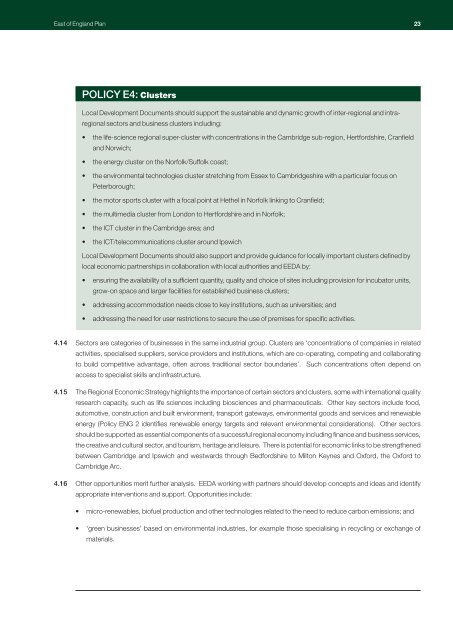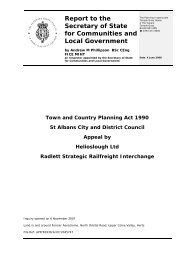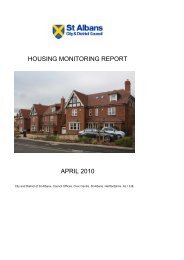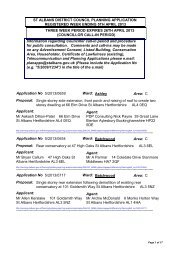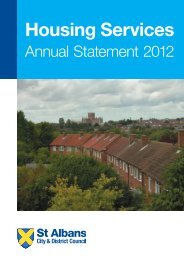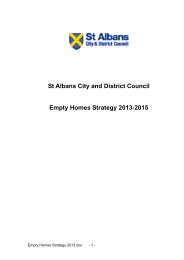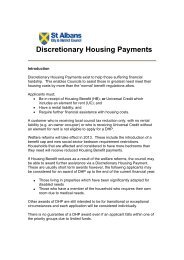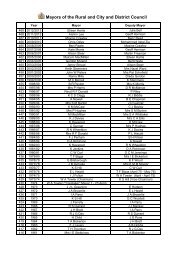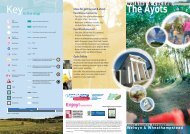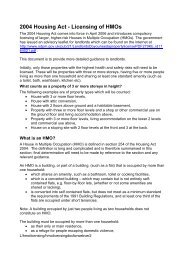RSS East Of England Plan - Broads Authority
RSS East Of England Plan - Broads Authority
RSS East Of England Plan - Broads Authority
Create successful ePaper yourself
Turn your PDF publications into a flip-book with our unique Google optimized e-Paper software.
<strong>East</strong> of <strong>England</strong> <strong>Plan</strong> 23<br />
POLICY E4: Clusters<br />
Local Development Documents should support the sustainable and dynamic growth of inter-regional and intraregional<br />
sectors and business clusters including:<br />
• the life-science regional super-cluster with concentrations in the Cambridge sub-region, Hertfordshire, Cranfield<br />
and Norwich;<br />
• the energy cluster on the Norfolk/Suffolk coast;<br />
• the environmental technologies cluster stretching from Essex to Cambridgeshire with a particular focus on<br />
Peterborough;<br />
• the motor sports cluster with a focal point at Hethel in Norfolk linking to Cranfield;<br />
• the multimedia cluster from London to Hertfordshire and in Norfolk;<br />
• the ICT cluster in the Cambridge area; and<br />
• the ICT/telecommunications cluster around Ipswich<br />
Local Development Documents should also support and provide guidance for locally important clusters defined by<br />
local economic partnerships in collaboration with local authorities and EEDA by:<br />
• ensuring the availability of a sufficient quantity, quality and choice of sites including provision for incubator units,<br />
grow-on space and larger facilities for established business clusters;<br />
• addressing accommodation needs close to key institutions, such as universities; and<br />
• addressing the need for user restrictions to secure the use of premises for specific activities.<br />
4.14 Sectors are categories of businesses in the same industrial group. Clusters are ‘concentrations of companies in related<br />
activities, specialised suppliers, service providers and institutions, which are co-operating, competing and collaborating<br />
to build competitive advantage, often across traditional sector boundaries’. Such concentrations often depend on<br />
access to specialist skills and infrastructure.<br />
4.15 The Regional Economic Strategy highlights the importance of certain sectors and clusters, some with international quality<br />
research capacity, such as life sciences including biosciences and pharmaceuticals. Other key sectors include food,<br />
automotive, construction and built environment, transport gateways, environmental goods and services and renewable<br />
energy (Policy ENG 2 identifies renewable energy targets and relevant environmental considerations). Other sectors<br />
should be supported as essential components of a successful regional economy including finance and business services,<br />
the creative and cultural sector, and tourism, heritage and leisure. There is potential for economic links to be strengthened<br />
between Cambridge and Ipswich and westwards through Bedfordshire to Milton Keynes and Oxford, the Oxford to<br />
Cambridge Arc.<br />
4.16 Other opportunities merit further analysis. EEDA working with partners should develop concepts and ideas and identify<br />
appropriate interventions and support. Opportunities include:<br />
• micro-renewables, biofuel production and other technologies related to the need to reduce carbon emissions; and<br />
• ‘green businesses’ based on environmental industries, for example those specialising in recycling or exchange of<br />
materials.


